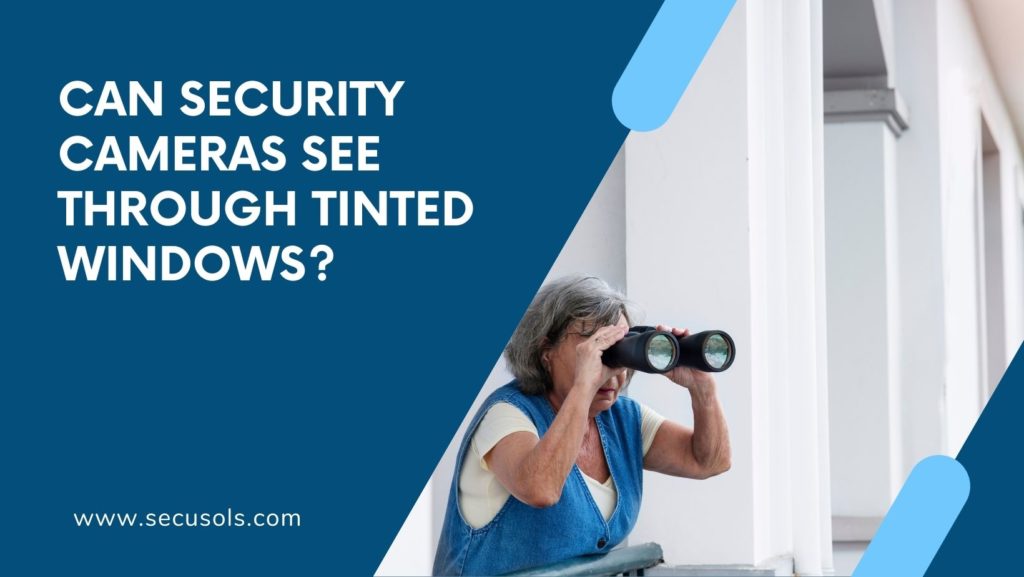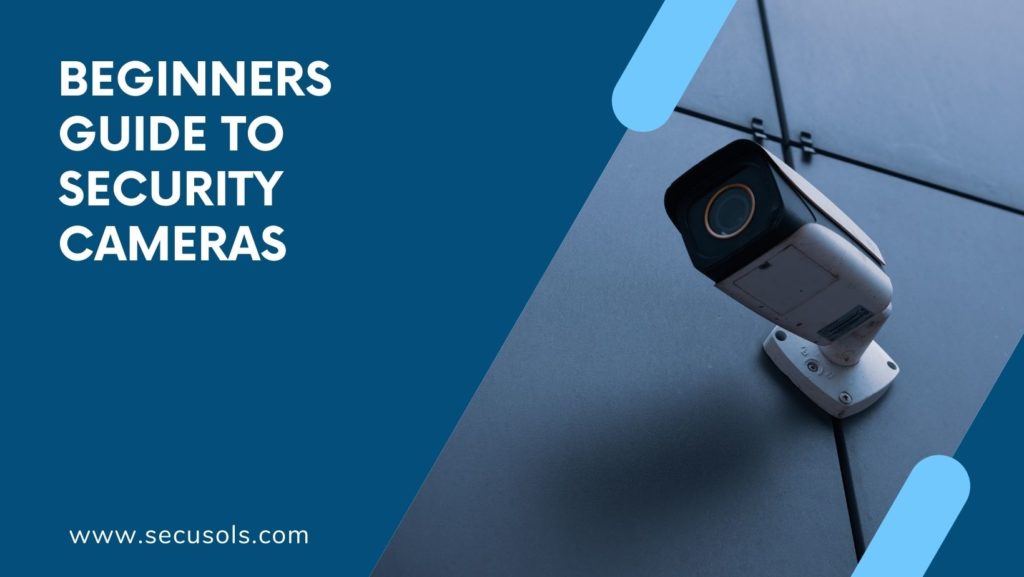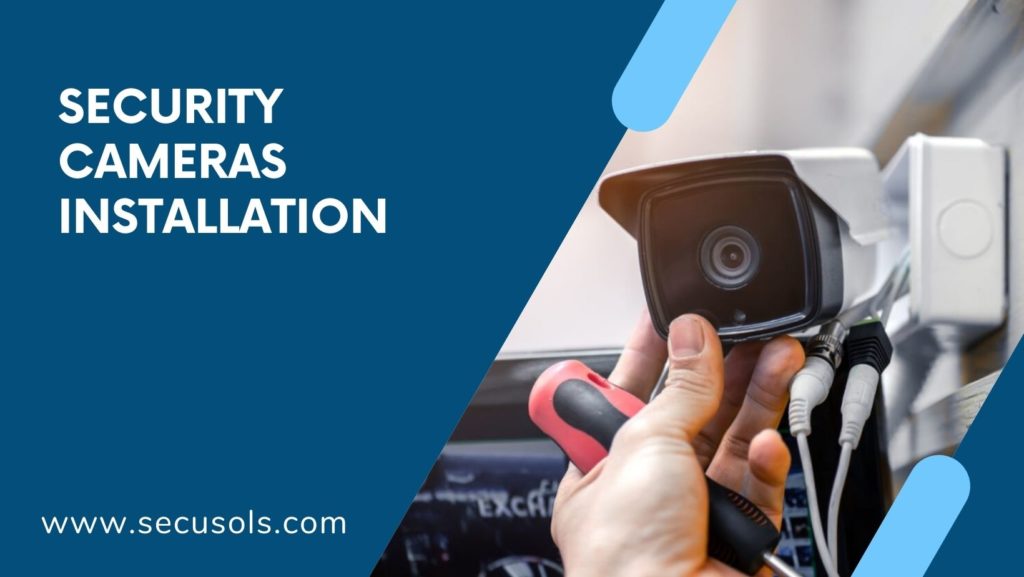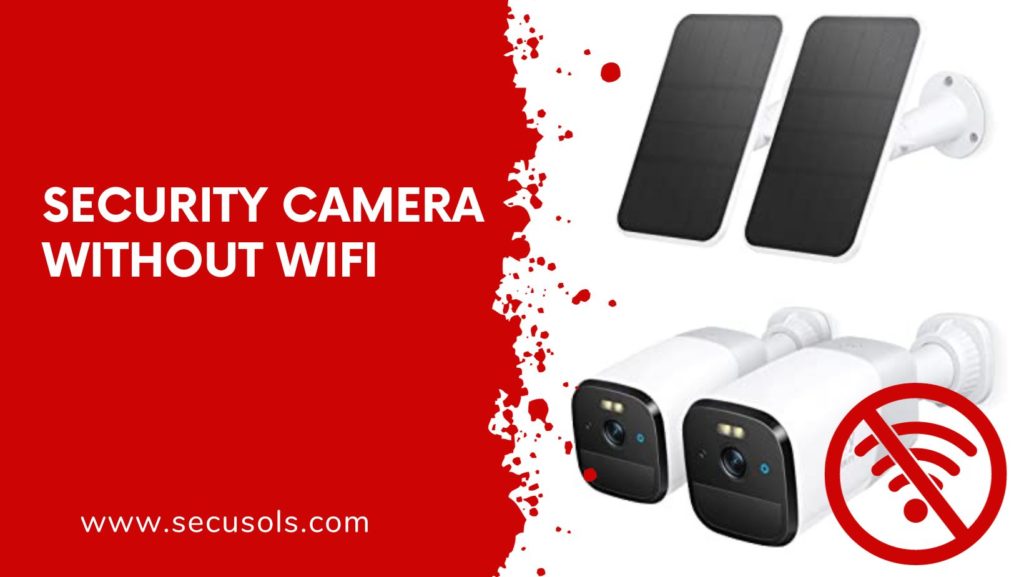Table of Contents
ToggleIn an increasingly uncertain world, security cameras play a vital role in safeguarding our homes and businesses. They provide a sense of security and serve as a deterrent to potential threats. This blog aims to explore the relationship between security cameras and tinted windows. We will delve deep to explore can security cameras see through tinted windows? How tinted windows affect camera performance and provide insights into overcoming these challenges.
Tinted windows are a common architectural feature in many buildings and vehicles. They offer privacy, reduce glare, and enhance aesthetics. However, their presence can pose challenges to security camera visibility.
How Do Security Cameras Work?
A. Brief Explanation of Security Camera Technology
Security cameras come in various types, including analog and IP cameras. They utilize sensors and lenses to capture images or videos. Understanding the basics of their technology is crucial to grasping their limitations.
B. The Importance of Light in Capturing Images
Light is the foundation of photography and videography. Security cameras rely on available light to capture clear images. Tinted windows can significantly impact this light availability.
C. Factors Affecting Security Camera Visibility
Several factors influence a security camera’s ability to capture clear footage, including lighting conditions, camera resolution, and lens quality. Tinted windows add an extra layer of complexity to these factors.
What Are Tinted Windows?
Tinted windows are glass panels treated with a special film that reduces the amount of visible light and UV radiation entering a space. They are commonly used in homes, offices, and vehicles for various purposes.
The Impact of Tinted Windows on Security Camera Visibility
A. Challenges Posed by Tinted Windows to Security Camera Surveillance
Tinted windows have a significant impact on the image quality captured by security cameras. The relationship between tinted windows and image quality is crucial to understanding the limitations and challenges faced in surveillance. Here’s how it works:
1. Reduced Light Transmission:
Tinted windows are designed to reduce the amount of visible light entering a space. While this is beneficial for privacy and comfort, it poses a challenge for security cameras that rely on adequate lighting to capture clear images.
2. Decreased Visibility:
As tinted windows limit the amount of natural light that passes through, security cameras may struggle to produce sharp and detailed images, especially during low-light conditions or at night.
3. Altered Colors and Contrast:
Tinted windows can distort colors and reduce contrast in the images captured by security cameras. This can make it difficult to identify objects or individuals accurately.
4. Glare and Reflections:
Tinted windows can create glare and reflections, which further obscure the view of security cameras. Glare from external light sources or headlights can disrupt surveillance and reduce image clarity.
5. Privacy Concerns:
While tinted windows provide privacy to occupants, they can also obstruct the view of security cameras, making it difficult to monitor activities inside or outside a building.
6. Inconsistent Performance:
Security cameras may perform differently depending on the type and darkness of the tinted windows. This inconsistency can make it challenging to maintain consistent surveillance quality.
5. Calibration and Positioning:
Achieving the right camera calibration and positioning to minimize the impact of tinted windows requires careful planning and adjustment, which can be time-consuming.
B. Common Misconceptions About Security Cameras and Tinted Windows
Several misconceptions exist regarding security cameras and their ability to operate effectively through tinted windows. These misconceptions can lead to misunderstandings and unrealistic expectations. Here are some common misconceptions:
1. “Security cameras can see through any tinted window”:
This is a widespread misconception. While some security cameras have advanced capabilities, not all can overcome the challenges posed by heavily tinted windows, especially at night.
2. “Tinted windows provide complete privacy from surveillance”:
Tinted windows offer privacy, but they do not guarantee complete invisibility from security cameras. Properly positioned cameras may still capture some details.
3. “Turning off lights inside will make surveillance impossible”:
While turning off lights inside can reduce reflections and glare, it can also limit the camera’s ability to capture anything in low-light conditions. Cameras with infrared capabilities can still operate effectively.
4. “Tinted windows eliminate the need for surveillance cameras”:
Tinted windows may deter prying eyes, but they do not replace the need for security cameras. Incidents can still occur outside or within the premises that require surveillance.
Overcoming the Tinted Window Challenge
A. Technological Advancements in Security Camera Systems
In the ever-evolving world of security cameras, technological advancements have paved the way for overcoming the challenges posed by tinted windows. Here, we explore two key innovations that enhance security camera performance:
1. Low-Light and Infrared Capabilities
Security cameras equipped with low-light and infrared (IR) capabilities are a game-changer when it comes to capturing footage through tinted windows, especially in low-light conditions. These cameras can “see” beyond what the human eye perceives, thanks to their ability to detect and utilize infrared light.
2. Adjustable Lens Settings
Having the flexibility to adjust lens settings is crucial in optimizing security camera performance. Cameras with adjustable lenses allow you to fine-tune focus, zoom, and aperture settings to adapt to changing lighting conditions and overcome the challenges presented by tinted windows.
B. Placement and Positioning of Security Cameras
Proper placement and positioning of security cameras are essential for maximizing their effectiveness, especially when dealing with tinted windows. Consider the following tips:
1. Strategic Camera Placement
Place security cameras strategically to minimize the impact of tinted windows. Position them in areas where the tinted glass is less obstructive to camera visibility.
2. Angle and Elevation
Adjust the angle and elevation of the cameras to reduce glare and reflections from tinted windows. Experiment with different angles to find the optimal position.
C. Supplementary Lighting Solutions
Supplementary lighting can be a game-changer when dealing with tinted windows. Consider the following options:
1. External Floodlights
Install external floodlights to illuminate the area outside the tinted windows. This not only improves camera visibility but also acts as a deterrent to potential intruders.
2. Infrared Illuminators
Infrared illuminators can complement IR-capable cameras by providing additional infrared light. They are particularly useful in situations where natural or existing lighting is insufficient.
Tips for Maximizing Security Camera Effectiveness Through Tinted Windows
A. Maintenance and Cleaning of Both Cameras and Windows
Tip 1: Clear the Path to Clarity
Regular maintenance and cleaning of your security cameras and tinted windows are fundamental for optimal performance. Here’s how to do it:
-
- Camera Maintenance: Keep your cameras clean and free from dirt, dust, and debris. Check for any physical damage or loose connections. Clean the camera lenses to ensure a clear view.
-
- Window Cleaning: Clean both the inside and outside of your tinted windows to minimize obstructions. Use a gentle glass cleaner and a soft cloth to avoid scratching the surface. Remove any stickers or obstructions from the windows that could affect the camera’s view.
B. Regular System Checks and Updates
Tip 2: Stay Ahead with System Checks
A proactive approach to your security camera system is essential. Regular system checks and software updates can prevent issues before they occur. Here’s what you should do:
-
- Schedule Routine Checks: Set up a schedule for routine system checks. Ensure that all cameras are functioning correctly and that there are no blind spots due to tinted windows. Check the camera angles for any adjustments needed.
-
- Keep Software Up-to-Date: Security camera software updates often include bug fixes and improvements. Stay current with these updates to ensure your system runs smoothly.
C. Professional Consultation for Complex Installations
Tip 3: Seek Expert Guidance
For complex installations involving tinted windows, consulting with security experts can be invaluable. Here’s why:
-
- Tailored Solutions: Security professionals can assess your specific setup and provide tailored solutions. They can recommend camera types, positions, and additional equipment that work best with tinted windows.
-
- Technical Expertise: Complex installations may require technical expertise beyond the scope of DIY solutions. Professionals can handle cabling, power supply, and integration with existing security systems.
Conclusion
The importance of adapting security camera systems to overcome the challenges posed by tinted windows cannot be overstated. With the right approach, you can maintain security without compromising privacy. As technology continues to advance, we can expect more innovative solutions to address the challenges of security cameras and tinted windows. Stay tuned for the latest developments in surveillance technology. By following these tips and embracing adaptability, you can ensure your security cameras are up to the task even when faced with tinted windows. Your safety and peace of mind are worth the effort.





